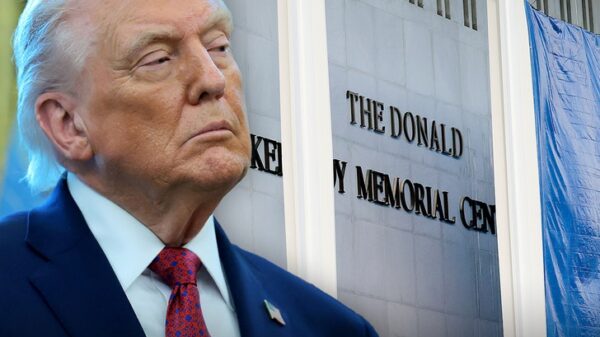A rift within Hamas between its political leadership and armed wing may complicate the execution of President Donald Trump’s peace plan aimed at ending the ongoing conflict in Gaza. According to a report by the Wall Street Journal, the organization’s diplomatic arm announced a tentative agreement to release Israeli hostages as part of Trump’s proposal, yet it insists on further discussions regarding critical conditions.
While the political faction appears willing to consider the plan, significant opposition remains within Hamas regarding two primary stipulations: disarmament and the release of nearly 50 Israeli hostages, including both living captives and the remains of deceased individuals, within a 72-hour timeframe. Arab mediators revealed a clear division between Hamas negotiators based outside Gaza and the group’s military wing, the Izz ad-Din al-Qassam Brigades.
The negotiators, including senior figures like Khalil Al-Hayya, are open to the peace plan, albeit with notable reservations. However, their influence over the armed wing remains limited, complicating the possibility of reaching a cohesive stance.
Recent developments indicate that Ezzedin al-Haddad, who assumed leadership of Hamas following the deaths of commanders Yahya and Mohammed Sinwar, has expressed a willingness to compromise. He suggested the potential transfer of weaponry to Egypt and the United Nations for storage, while insisting that Hamas retain smaller defensive arms such as assault rifles.
Despite such overtures, analysts caution that achieving consensus on disarmament does not guarantee compliance among Hamas’s rank-and-file members. Many within the group may perceive acceptance of the peace plan as tantamount to capitulation. The statement released by Hamas on Friday was notably vague, allowing for flexibility in case specific conditions remain unmet. The group indicated its “approval to release all prisoners of the occupation…with the provision of appropriate field conditions for carrying out the exchange process,” which implicitly refers to the withdrawal of Israeli forces from Gaza.
It remains uncertain whether Israel would agree to a cessation of hostilities without a firm commitment from Hamas to disarm. Senator Lindsey Graham (R-SC) criticized Hamas’s response, describing it as “unfortunately predictable,” stating that it reflects a rejection of Trump’s proposal by tying hostage release to ongoing negotiations.
The ongoing conflict, which erupted after Hamas launched deadly attacks in southern Israel and took approximately 250 people hostage nearly two years ago, has left the group’s military capabilities severely diminished. Reports indicate that Hamas has lost many senior leaders and thousands of experienced fighters. As a result, the organization has adapted by decentralizing command to smaller units that operate independently, using explosives, snipers, and rocket-propelled grenades.
The limited control exercised by Haddad over these factions presents a significant challenge, further exacerbated by financial difficulties that have hampered salary payments to militants. The internal struggles within Hamas could potentially hinder any progress toward peace as efforts continue to reconcile the longstanding divisions between its political and military wings.







































































